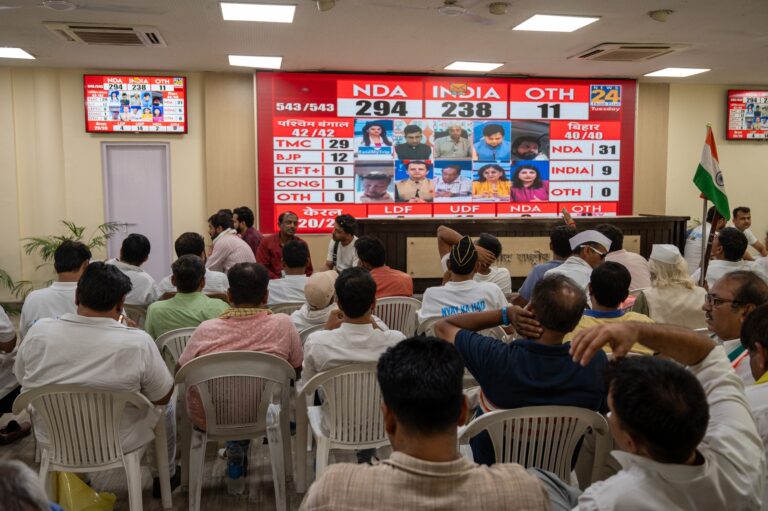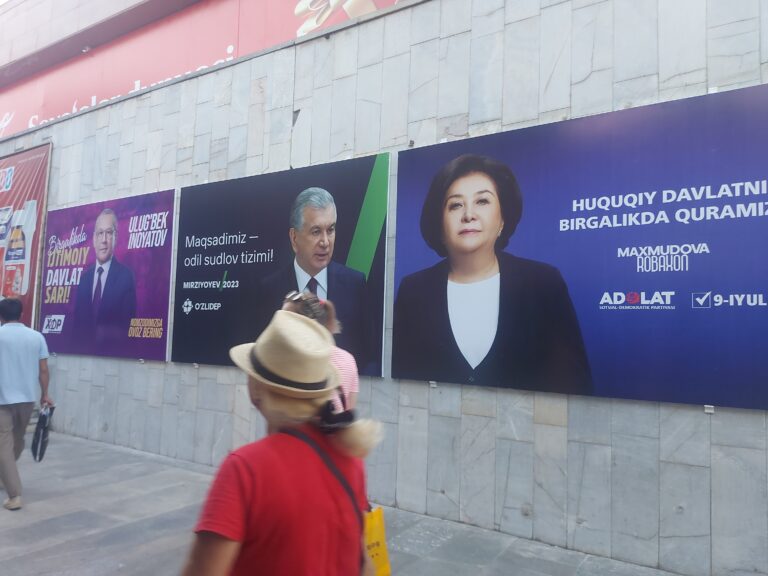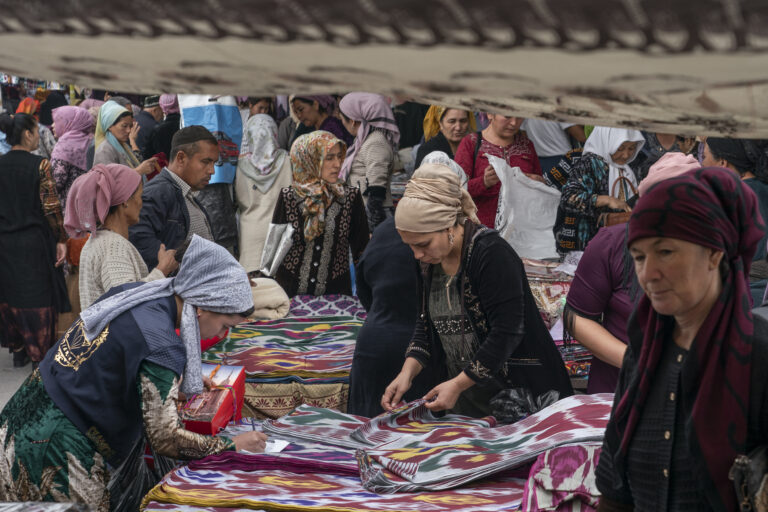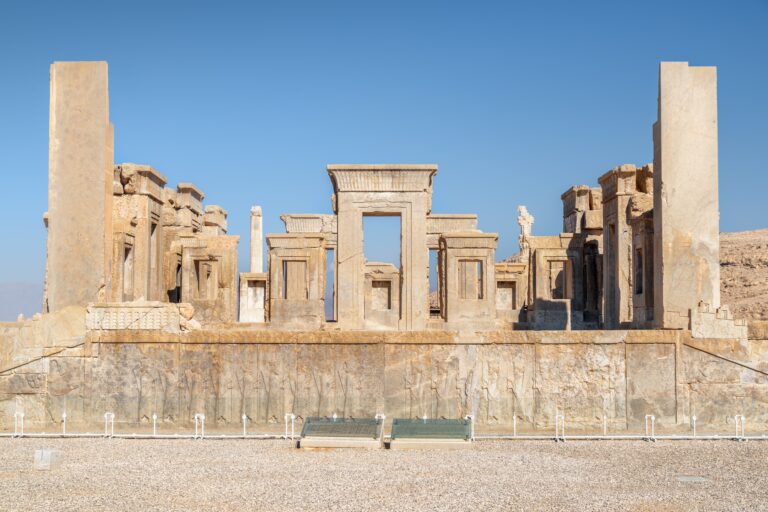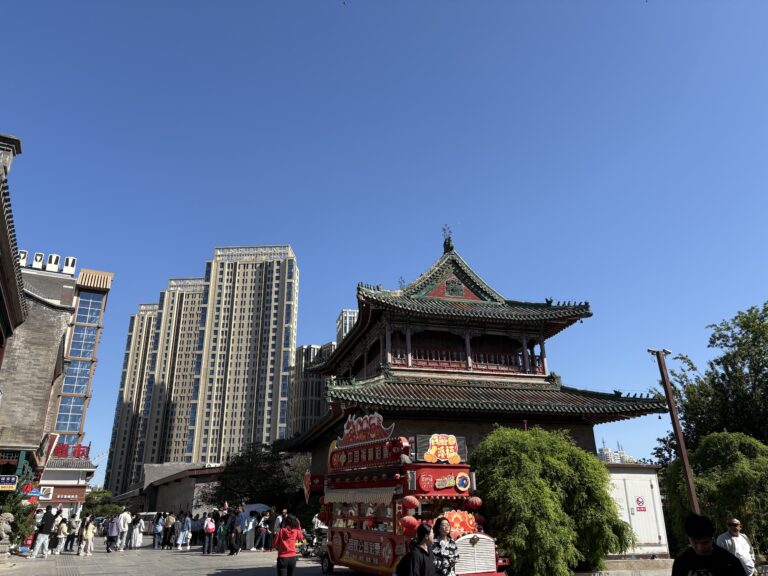Majoritarianism in India: Roots and Consequences

Javed Gaya is a lawyer from Mumbai, specialising in commercial arbitration law
Majoritarianism in India: Roots and Consequences traces the origins of the strident nationalism that has captured the Indian narrative associated with the rise of Narendra Modi. But it seeks to explore how the building blocks of this nationalism were carefully put into place by successive Congress governments from the great partition.
It deals with the myth of the eternal India, a colonial construct devoid of sacrality, making the point that the British put the borders in place. This has two important ramifications. First, that many of the populations that inhabit India are linguistically, religion-wise and ethnically diverse, and that raises serious issues as to governance and constitutional rights, including matters such as asymmetric federalism. Secondly, the sacrality afforded to borders is unwarranted and one should be more pragmatic when it comes to resolving border disputes.
However, the main issue is the nature of the Indian state post-independence. Pre-partition India had debated whether liberty – understood as one man, one vote – or equality – the equal political representation of minorities within a federal structure – should be the basis of the state. The ruling party, the Congress chose liberty, without any guard rails for minorities. The cauldron for this discourse was the Gangetic belt (the cow belt) particularly Uttar Pradesh and Bihar, the vote bank of the Congress and where the cultural rift between Hindus and Muslims was at its most pronounced. Congress took the decision to force a partition as its Hindu base did not want any parity with minorities and preferred to divide the country than have to deal with pluralism. This also assisted the hegemony of the cow belt as two big provinces; Punjab and Bengal were partitioned and rendered politically inconsequential to the New India. The cow belt has produced nine Prime Ministers and political issues which keep recurring relate to religion and caste, provided the basis for political discourse across the nation. The cow belt is generally poor and ill-educated with a large and growing population in comparison to the South which is educated and almost middle-income with a declining population. The cow belt, however, like it aligned with the Congress in the past has now become the political base for the BJP government as the politics of strident nationalism has purchase there, which it does not have in the South. The North wants to homogenise Indian society in its image, it is determined to impose its language, Hindi, on the South which is proud of its own cultural traditions. The situation has become more serious as the Modi government is keen to bring about what is termed delimitation, making parliamentary seats commensurate to their population. This has been postponed since 1971 as it was felt that states which do not control their population growth by family planning should not be rewarded with greater representation. This act would result in giving an additional 63 parliamentary seats to Uttar Pradesh whilst southern states would continue to have the same seats or in the case of Tamil Nadu lose seats. This will lead to greater fissures in the federal compact.
The effect of Partition in terms of language and culture has been to marginalise minorities and under Narendra Modi there has been a definite push to purify Indian culture in terms of excising all foreign elements under the guise of decolonisation. The re-writing of history is an important aspect of this agenda particularly in relation to the Moghuls who are now seen as a colonial power despite having lived and ruled from Delhi.
India has also attempted to promote its version of secularism, which privileges the Hindu majority at the expense of the minorities, although it has not been presented that way. Gandhi believed that all religions should be treated equally, but this is not the case. In fact, secularism has been used as a device to deny minorities cultural rights in conjunction with affirmative action programs which are now reserved for Hindus. Under Modi, religion in public life has expanded, he was responsible for convening the biggest religious gathering in India, the Kumbh Mela, which was held during COVID in 2021 and lead to the deaths of millions. In a country of great poverty, subsidies are given for pilgrimages to the majority community.
Post partition, the minorities placed their trust in the written constitution and judicial review to curb the excesses of majoritarianism and gave up their entrenched rights on the basis that they had judicial recourse. These promises have not been fulfilled, the judiciary in three particular cases has acted with a strong anti-minority bias in relation to cow slaughter, conversions and using religion and religious tropes in electioneering. In the last example, the consequence has been to excise minorities from public office. Even more alarming is the manner in which the government is seeking to influence the judiciary, devaluing it as a guard rail to protect persons who otherwise have no recourse were they rights to be infringed.
The nature of citizenship in India is also examined in the book, from the early days when it was based on jus soli, which had to be amended due to Partition narrowing the scope for obtaining citizenship, to the Citizenship Amendment Act in which religion was introduced and an exception carved out for Hindus from certain Muslim countries like Afghanistan, Pakistan and Bangladesh who arrived in India prior to the 31st of December 2014. This amendment was to be coupled with the National Register of Citizens (NRC) which many Muslims feared was designed to exclude them and to impugn their citizenship. The NRC has since been discarded.
In terms of personal laws, whilst the Hindu right make much of separate laws for minority communities, particularly Muslims, this situation is leading to the failure to implement the Uniform Civil Code (UCC). The majority community have retained an important aspect of their customary laws in the form of Hindu Undivided Family, a device which cements family businesses and reduces tax. They also infringe on the agency of the Hindu woman to marry who she pleases through Love Jihad laws. The new UCC even requires live-in relationships to be registered.
One of the main consequences of Partition was to increase the centralising tendency in constitutional arrangements. Dr Babasaheb Ambedkar, who headed the committee to draft the constitution of India, spoke of a dual polity which can be unitary as well as federal according to the time and circumstances. This was coupled with the retention of many colonial laws such as sedition and emergency laws which suspend all constitutional rights including suspending due process. Under Narendra Modi there has been even greater centralisation, less government funding for the states, coupled with the rise of a kleptocratic oligarchy who fund his party in order to have unfettered access to natural resources, many of which are under the jurisdiction of state governments. The civil service is mimetic of the colonial civil service on which it was modelled. Its priorities are determined by the objectives of its political masters, which are not the efficient distribution of public goods, ensuring good governance etc but being useful in terms of how they can be used to threaten political opponents and NGOs and central agencies like the Income Tax department, the Enforcement Directorate and other bodies. The centralisation of power has also undermined urbanisation, cities have no proper governance and accountability, yet by 2030 will account for 70% of India’s GDP.
The book ends with a review of the aftermath of Partition examining the state of the three-nation solution; India, Pakistan and Bangladesh and what it would have taken to have made it work. What is evident is that India was required to affirm its own secularism more deeply but with the rise of Hindu nationalism, a communal outlook has be perpetuated leading to continual discontent and strife. Pakistan and Kashmir are also examined, as well as the abrogation of the Article 370 which purported to give a measure of autonomy to the state and its outcomes.
The final chapter deals with the plight of the Indian Muslims, highlighting that the dispute in the 1940s was over cultural matters such as language which the Hindu right was unwilling to concede on despite protestations from both Gandhi and Nehru. Instead it was convenient for the Congress to give minorities religious benefits that did not cost their majoritarian constituency anything. This led to the disappearance of the cultural Muslim, those Muslims who were not overly connected to religion and gave space to the religious Muslims to form a Muslim leadership. This has led to a political dead end for the Muslim community as it has increasingly led to a chasm with the majority community who view them as essentially religious beings without political demands. As it is, in the North, poor Muslims are denied of the benefits of affirmative action and are widely discriminated against.
The opinions expressed are those of the contributor, not necessarily of the RSAA.

Majoritarianism in India: Roots and Consequences
Javed Gaya investigates the origins and consequences of India’s increasingly majoritarian system, assessing the frailty of constitutional safeguards, the role of the judiciary and the subversion of federalism. He analyses the futility of today’s quest for cultural purity, and shows how history is being rewritten with an exclusionary intent. He both interrogates the myths created to sustain this nativist ideology – including around the causes of Partition and the alleged privileging of minorities – and discusses the role of citizenship and the externalisation of the Hindu–Muslim conflict. This book examines the strident nationalism seizing India today, tracing its roots back to decisions made in the 1940s.

